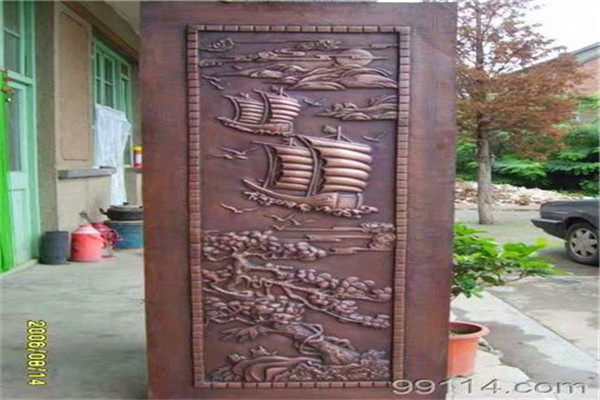
Wood carving is a kind of sculpture, which is often called "folk craft" in our country. Wood carving can be divided into three categories: three-dimensional round carving, root carving and relief carving. Wood carving is a kind of work separated from carpentry, which is classified as "fine carpentry" in our country. Folk art varieties classified by carving materials. Generally, the tree species with fine and tough texture and not easy to deform are selected, such as nanmu, red sandalwood, camphor wood, cypress, ginkgo, agarwood, mahogany, longan, etc. The tree root carving art in natural form is called "tree root carving". Wood carving has round carving, relief carving, engraving or several techniques. Some are also painted to protect wood and beautify it. Generally speaking, tools for wood carving creation, such as saws, wood files, chisels, carving knives, flat shovels, axes, wood drills, wood hammers, planes, etc., can be used for root carving creation. In addition, you also need basic tools such as scissors (scissors for pruning), knives, brushes, sandpaper (cloth), coarse and fine cloth, cotton yarn, rope, etc. During special processing, such as fire roasting, steaming, and insect prevention, some tools are also needed, which can be used in general families instead of other tools.
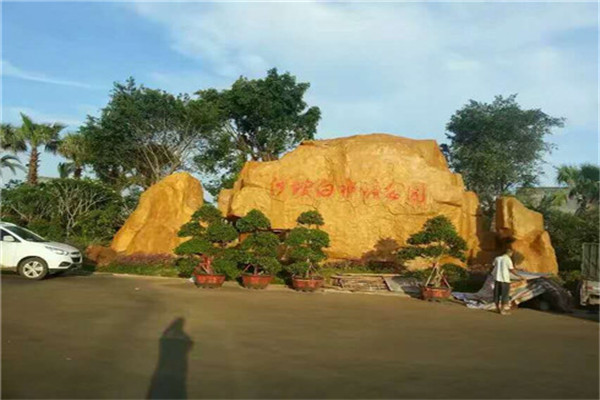
Button carving refers to the carving of the buttons on the upper part of the seal. It belongs to the category of round carving and has a rich three-dimensional sense. However, compared with round carving, it has three significant characteristics. First, the image is small, limited to the size of the seal, which is generally less than 10 cubic centimeters; The second is to show only the upper part of the object, rather than the round sculpture, which needs all-round performance; In addition, the performance content of button carving is mostly animals, especially animals in ancient legends, such as chi, lion, dragon, tiger, exorcism, taotie, etc. Therefore, button carving is also called "animal button". The history of button carving is linked with seals. Only seals can make buttons. According to relevant historical research, the earliest seal started in the Zhou Dynasty, more than 3000 years ago. The original seal is a symbol of power and status, and is a special item for princes, generals and ministers, and Dada dignitaries. The original seal button was also very simple and simple, just drilling a small hole on the top of the seal to wear strong ties for carrying, so the seal button is also called "seal nose". With the continuous development of history, a strict hierarchy has emerged in the materials and buttons of seals according to the different positions and official titles of users. For example, the official seal of the Qin Dynasty, in addition to using gold, silver, copper and other materials to distinguish the level of the official seal, also distinguishes the decoration of the button. In the Han Dynasty, the emperor used tiger buttons with jade seals, the crown prince, the lieutenants, the prime minister, the lieutenant, the sangong, and the left and right generals used gold seal tortoise buttons, and the officials of the two thousand stone Dai Lu used bronze seal elephant buttons Since then, the buttons used by all dynasties, from the monarch down to the officials of various products, were mostly chi, lion, dragon, phoenix, tiger, exorcism, taotie, unicorn, camel, bird, claw, bear, bat and other animals in the zodiac, depending on their positions.
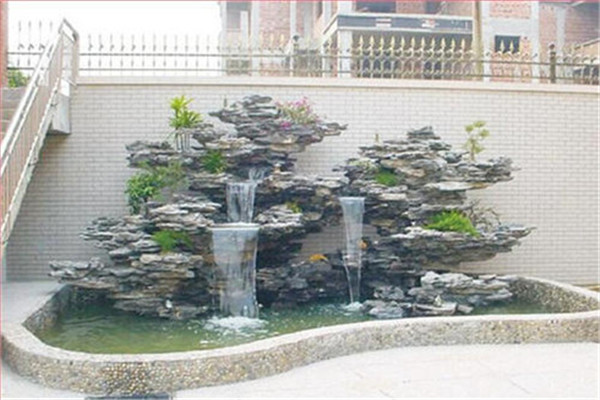
It is a three-dimensional plastic art to use certain material materials to produce works of art with solid image. Because the production methods are mainly sculpture and molding, it is called sculpture. According to the production process, sculpture can be divided into two categories: sculpture and sculpture. Subdivision is divided into carving, carving, molding, chiseling, carving, casting and other skills and techniques. According to genre, sculpture can be divided into memorial sculpture, urban garden sculpture, sculpture, tomb sculpture and exhibition sculpture. According to the style, sculptures can also be divided into head portrait, bust portrait, bust portrait, full body portrait, group portrait, etc. According to the technique and form of expression, sculpture can be divided into three categories: round sculpture, relief sculpture and openwork sculpture. Round sculpture, also known as "muddy sculpture", is a three-dimensional sculpture that is not attached to any background and can be viewed from all sides. The round sculpture is characterized by a solid image standing in space. When creating it, one must take into account its sense of volume and weight. When shaping the image, one must also take into account that people watch it from different angles. Relief, also known as "relief", is to carve a convex artistic image on the plane. According to the different degrees of surface relief, relief can be divided into high relief (high and low relief, deep relief) and low relief (low and low relief, shallow relief). The openwork is between the round sculpture and the relief sculpture. On the basis of the relief sculpture, it is made by hollowing out the background, but it does not leave the plane, just like a round sculpture attached to the plane background.

Auxiliary tools for wood carving: mainly hammer, wood file, axe and saw. The purpose of the axe is to cut a large amount of wood with the help of paring. Pay attention not to use too much force when cutting. Do not cut straight up and down. The edge of the axe should be kept at about 45 degrees with the vertical wood grain, otherwise the wood will crack. Hainan GRC component wood file is mainly used in the fine blank stage of round carving, which can replace the flat knife to smooth the chisel marks for polishing; It can also take the place of round knife or oblique knife for hollowing. The function of the wood file is also that it can quickly adjust the modeling structure in a large area, and can be used in combination with the carving knife to make the turning and turning of the figure's clothing patterns vivid and smooth, with both virtual and real effects. The shape of hammers for wooden sculptures in Hainan is flat, flat, wide and square. The dimension of hammer face can be controlled at about 7 × 5.5 × 2.5 cm. Too narrow or too thick will affect the accuracy of the hammer's landing point and the uniformity of force. There are two kinds of hammers: wooden hammers and iron hammers. The wooden hammers generally use hardwoods with a large proportion of wood, such as mahogany, boxwood, sandalwood, beech and fruit trees. The specifications can be controlled at 27 cm in length, 55 cm in width and 45 cm in thickness; The grip is round and slightly flat, and the size is suitable for holding in the hand.
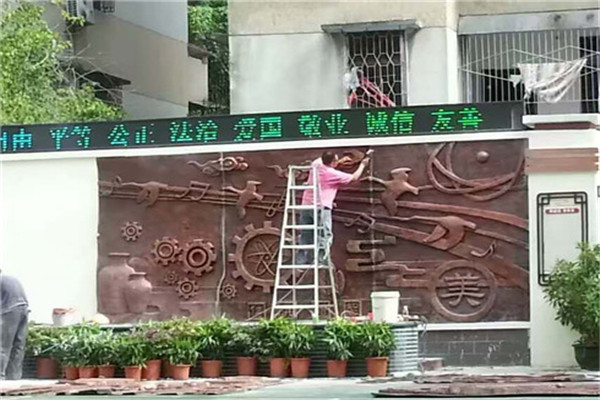
Copper casting is an important part of Chinese traditional culture and art. Shanghai Sculpture Copper casting has a long history and mature technology. The process of casting copper is more complicated than that of forging copper, and the artistic creation has a good recovery. Therefore, it is suitable for becoming the material of fine works and is very popular with artists, especially figure sculpture. But it is easy to oxidize, so pay more attention to maintenance. Each cast copper artwork is made through 11 complex and rigorous processes, which have traces of traditional handicrafts, high quality Sculpture The lines also have the modern technology of precision casting. Cast copper is put into the sintering furnace and sintered at 1000 ℃ - 1150 ℃ according to different metal materials. The copper liquid is immediately cast into the ceramic shell. After cooling, the outer ceramic shell is broken, and the copper product rough embryo is peeled out.
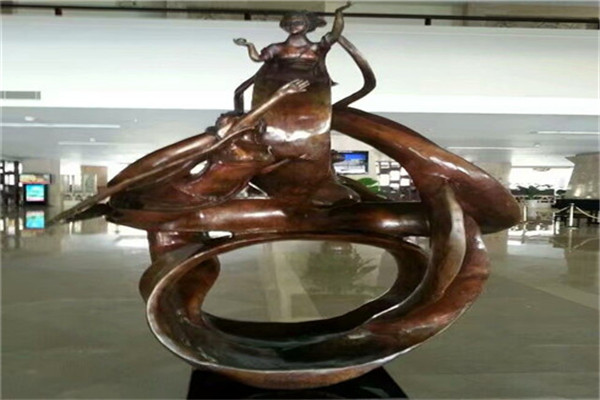
1. Traditional green sculpture shaping: directly pruning the plants with garden art. There are simple geometric shaping (such as sphere, cube, pyramid, cylinder), complex geometric shaping (layered shaping, spiral shaping, etc.), animal shaping and various peculiar shaping (automobile shaping, aircraft shaping, abstract and free shaping, etc.). Common plants include pine and cypress, privet, boxwood, national locust, elm, etc. 2. Grafting: taking a certain plant as the rootstock, grafting plants with different impressions on it, and then making artistic processing of its shapes, such as polychrome chrysanthemum bonsai, polychrome rose bonsai, polychrome peach, polychrome plum, polychrome crabapple, etc. Such as cliff chrysanthemum, tower chrysanthemum, animal shaped chrysanthemum, etc. 2.1 Single plant green sculpture refers to the sculpture formed entirely by one plant or one plant with multiple colors or by grafting multi-color plants. The sculpture has a long viewing period and simple operation. For example, tree sculptures can be kept for a long time only by special pruning, without considering flower changing and water spraying, and the maintenance management is simple. 2.2 Double plant green sculpture refers to the sculpture shaped by two different kinds of plants. The sculpture has a long viewing period and a strong three-dimensional sense. It is usually modeled with the complementary and mutually reinforcing advantages of two plants. Such as evergreen and deciduous plants, broad-leaved and coniferous plants, lianas and herbs, as well as different colors, species, branches and leaves, such as leaf color, flowers and fruits, branches and stems. 2.3 Mixed plant green sculpture refers to sculpture with three or more kinds of plants. The sculpture has a short viewing period and complicated operation, but it is highly ornamental and lifelike. The common ones are large three-dimensional sculptures, some animal shaped sculptures elaborately composed of flowers, leaves and fruits of different plants according to design requirements, such as peacock, red crowned crane, panda, etc; Or symbolic sculptures with certain cultural connotation and city image, such as idiom allusion sculptures (learning to walk in Handan, dancing at the smell of chickens), Olympic seal, football World Cup, etc.






